Why does Mead Garden have such a rich diversity of animal life, especially birds?
The answer can be understood through a concept called habitat heterogeneity: the more different types of habitats in a space, the higher the diversity of animals that is supported by that space.
Mead Garden is unique because it is a natural island of diverse habitats within an otherwise developed landscape, and these diverse habitats protect quite a variety of living things.
Some habitats within Mead Garden have previously been degraded and are now being restored to their former condition through a process called ecological restoration (ecorestoration).
Habitat heterogeneity elements found in Mead Garden include flowing streams, riparian forest, wetlands, open water, and mature longleaf pine/sandhill.
Ecological Restoration of Mead Garden
After the hurricanes of 2004 over one third of the Garden tree canopy was destroyed. Invasive vines had weakened the trees and their bulk took them down in the high winds. The invasive vines were treated with a massive spray in April 2009 and will have quarterly followup spot treatments.
The wetland hammock area has been the focus of restoration discussions with diligent research into best practices, resources and local conditions. As this area goes through the stages of ecological succession, new growth provides resources such as food and shelter to many bird species, including migratory songbirds, making the restoration site a great place to observe birds.

Future plans at Mead include controlling the invasive species that do not provide resources to native wildlife, or that harm native plant species through resource competition.
Other restoration measures will include planting a high diversity of native plant species to ensure that the greatest variety of resources will be available to the wildlife of Mead Garden in the future. Native plant species selected for the restoration will be compatible with the hydrologic regime of the wetland hammock site.
Restoration efforts will also be assisted by the birds who are nature’s great seed dispersers, by setting up bird perches within the restoration area allowing birds a structure from where to “plant” their favorite tree species! Other animal habitats will be included in the restoration plan such as dead tree snags and coarse detritus for small animal cover.
For more information on the ecology of Mead Garden, visit our Flora, Fauna, Habitats and Hydrology pages.


